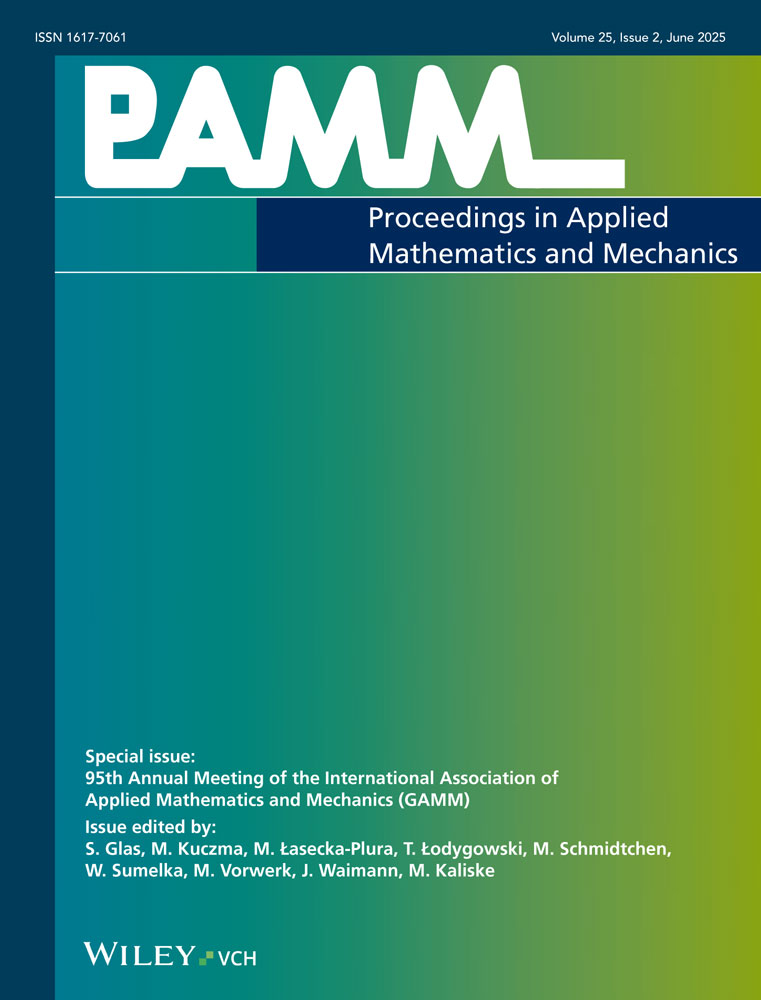Sonofusion: EA optimisation of acoustic resonator
Abstract
We present a novel recipe combining evolutionary algorithm (EA) concepts, robust against local optima, for high-dimensional multimodal optimisation problems, which we developed for the purpose of optimising piezo-driven liquid-filled acoustic resonators for future sonofusion experiments. In contrast to other resonators (e.g. mirrors for laser, flute), the structure bounding the oscillating medium cannot be assumed to be static. Instead, the vibration response of the whole fluid-structure setup to a periodic driving force is considered. Manufacturing and reproducibility criteria exclude trivial spherical or cylindrical shapes leading to many design parameters to be optimised. With maximising the sound pressure amplitude in the center of the fluid volume being the primary goal, one faces a competition of an increased number of resonances varying in amplitude and frequency, and interacting with other resonances. In this smooth, yet high-dimensional search space scattered with many local optima, an EA approach is efficient. Evaluating a solution candidate corresponds to calculating a harmonic response over a frequency band of a 2D-axisymmetric FE model of the piezo-driven structure filled with acoustic fluid elements (modeled in Ansys). Thus, more than 104 evaluation calls per run cannot be afforded. Serving those needs we developed an EA combining elements from genetic algorithms (GA), evolution strategies (ES), differential evolution (DE), and simulated annealing (SA). (© 2012 Wiley-VCH Verlag GmbH & Co. KGaA, Weinheim)




